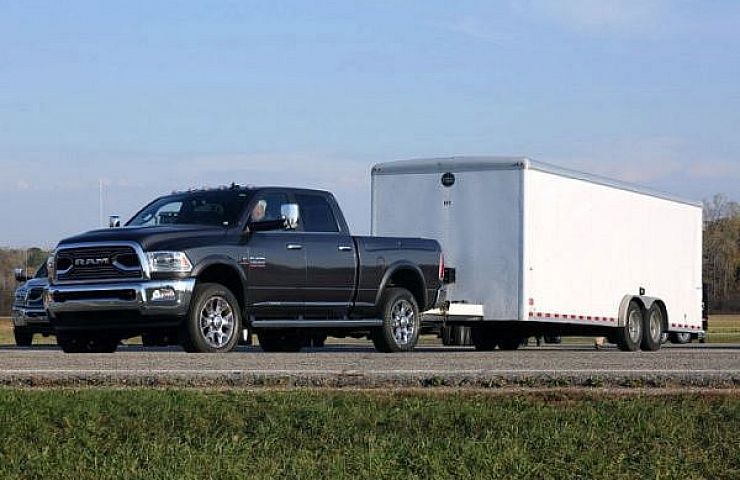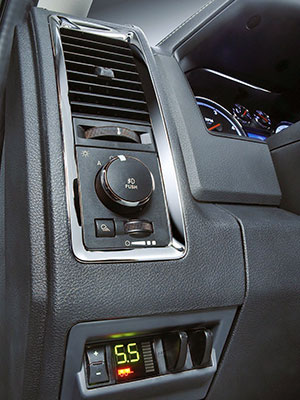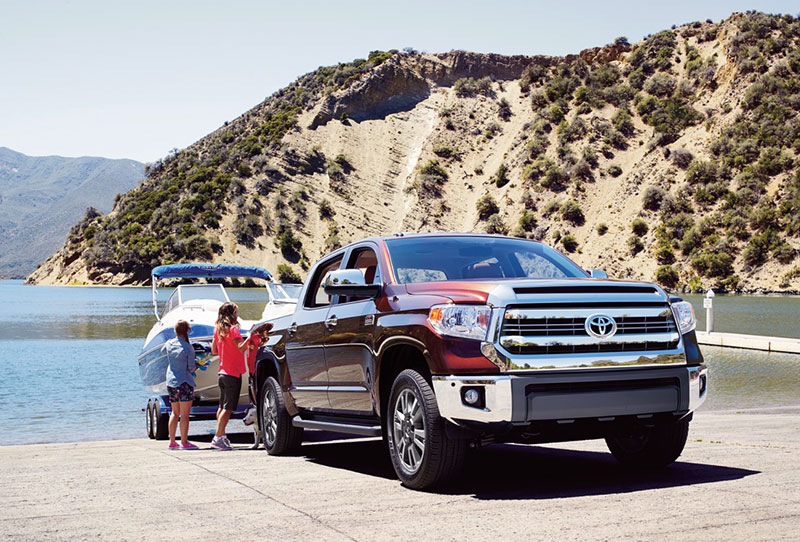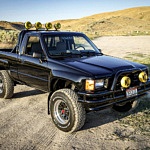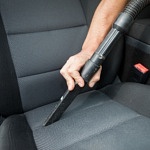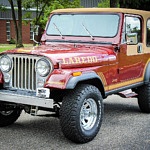If you routinely tow a fifth wheel or large boat, your truck is probably equipped with a trailer brake controller: a device that uses motion sensors to measure vehicle speed and determine how much braking is needed to stop the trailer. The controller together with trailer brakes and tires are critical safety components.
Without them, a hard stop can literally cause a collision between the truck and trailer. Trailer brakes also prevent excessive wear to the truck’s brakes because they mitigate the inertial force created by extra weight.
“All new full-size trucks come with built-in brake controllers,” said Linda Nelson, sport vehicle editor of Texas Fish & Game magazine. Owners of older vehicles can choose between two types of controllers: proportional (pendulum brake) and time delayed. While proportional controllers are more expensive, they do a better job because the amount of braking is directly proportionate to vehicle speed, whereas time delayed units are preset according to trailer weight.
“Every time you hitch up your trailer, you should check the trailer brake system,” said Nelson. “Go around the block. Make sure the lights are working, check the tread, and inflation of tires.” Nelson recommends using ST rated tires. The ST stands for “Special Trailer,” meaning that the tires have better abrasion resistance and tend to bounce less than passenger car or light truck tires.
Useful Tips
Maintain proper tire pressures to prevent uneven tread wear. If your trip involves big temperature or altitude changes check this daily. A 10-degree drop in ambient temperature translates to a one-pound decrease in tire pressure.
Nelson suggests checking the brake assemblies twice a year: in the spring which is typically the beginning of trailering season and again in the fall when most owners put their trailers away.
If you are planning to do this yourself, make sure to find a level surface and use the proper jack stands. The area needs to have good ventilation since you will encounter some brake dust when you take the wheels off.
Brake springs seem to have a mind of their own. We like the Snap-On tool that has a single bend in it rather than the pliers because it is easier to control.
Brake shoe linings should be replaced if there is 1/16-inch thickness or less, or if the surfaces are greasy, gouged or cracked.
Inspect the magnets for signs of wear or loose parts. Replace them if they show signs of uneven wear. Always replace components on both sides of the axle, so if the magnets are worn on one side, replace them on the other side as well to ensure that the brakes function evenly.
Intervals for changing the trailer brake fluid depends on often you tow. Brake fluid carries a DOT rating based on its boiling point. The higher the number, the higher the boiling point of the fluid. Never replace your trailer brake fluid with a number lower than that recommended by the manufacturer.
See Car & Truck Trailer Brakes for sale on eBay.

